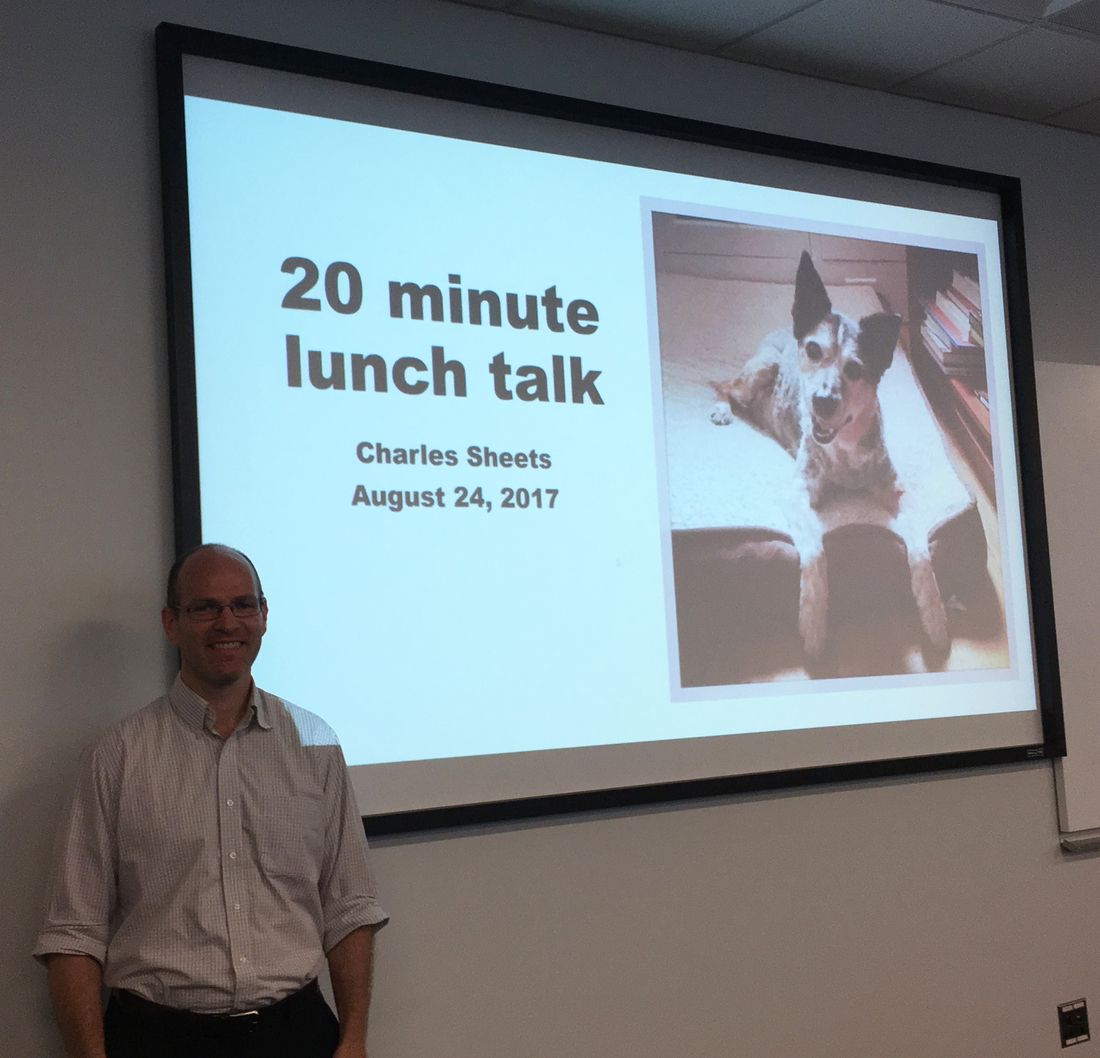Charlie Sheets’ initial career was physical therapy, primarily focused on patients with orthopedic injuries. In line with developing an interest in statistics, research, and measurement, his clinical focus involved diagnostic accuracy and clinical reasoning. He has spent years gently teaching the calculations behind diagnostic accuracy to students and clinicians with moderate to severe math phobia. The goal of this talk is to provide a brief overview of the diagnostic process, the statistical underpinnings and common errors, all through the lens of stories about his wonderful cattle dog Jake.
Follow up:
Canadian cervical spine rules: a well-regarded rule, developed and validated on thousands of patients, and used in guidelines for the need for neck x-rays after injury.
https://www.ncbi.nlm.nih.gov/pubmed/27161303
Determination of need for surgery after ACL injury: shows the difficulty of applying a prediction rule across populations.
https://www.ncbi.nlm.nih.gov/pubmed/18979658
Lumbar spine manipulation: this was widely implemented and drove a rush toward developing clinical prediction rules, but even the primary author now recommends caution in interpreting the results. Accurately predicting the effect of treatment (as opposed to diagnosis, which is hard enough) is phenomenally difficult for a variety of reasons.
https://www.ncbi.nlm.nih.gov/pubmed/15611489
Data Column | Institute for Advanced Analytics
The Collaborative Blog for Students in the Master of Science in Analytics

